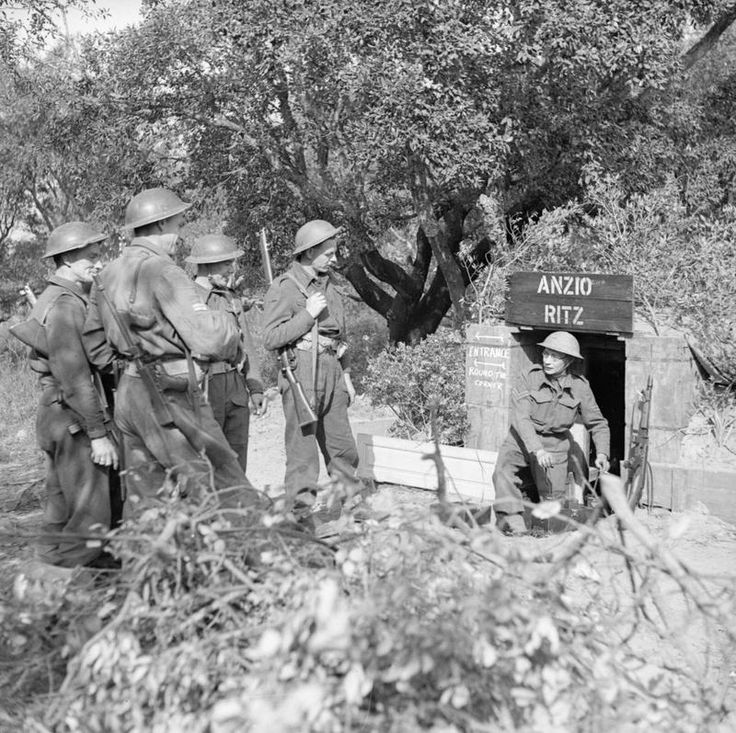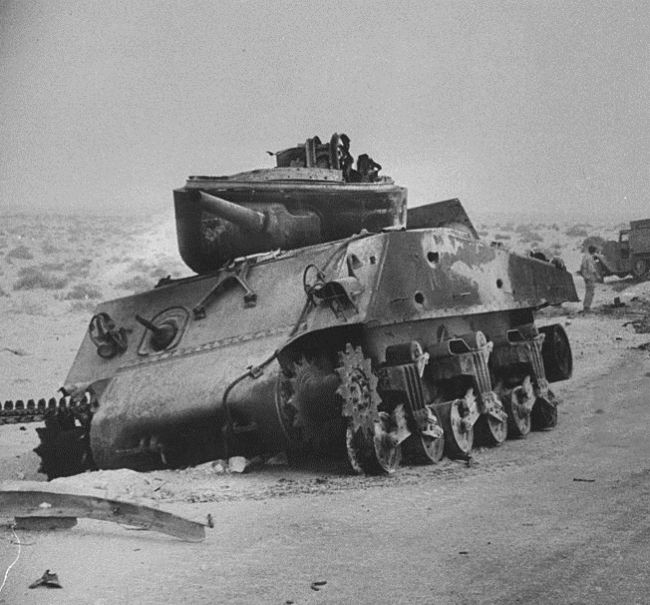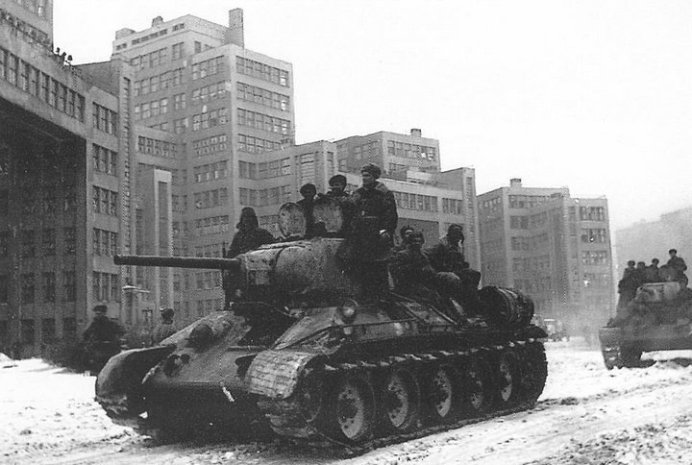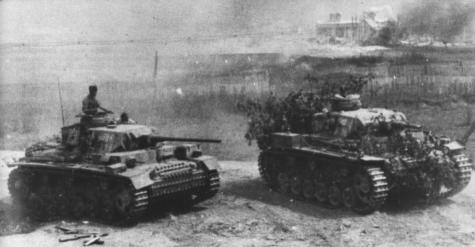Now, there were a few amphibious operations and major river crossing operations during the Italian Campaign. These are significant enough that we should examine them separately. Among the 141 Italian Campaign engagements there are three amphibious operations and 16 river crossing operations. These are outlined in our previous post:
This is a small number of cases, but does seem to show that the defender has an advantage when defending against amphibious assaults and river crossings. To compare them to the rest of the engagements:
Amphibious Operations Comparison – Italian Campaign 1943-44:
………………………………………………………………..Average..Average
……………………………………………………Percent…Percent…Attacker..Defender
………………………………….……..Cases….Wins…….Advance..Losses…Losses
U.S./UK Attacking – Amphibious…..3……….100………..100………..417……….105
UK Attacking – other RM…………….10………..40………….67…………382………152
U.S. Attacking – other RM…………..20………..65………….80…………341………430
………………………………………….……………Force….Exchange
………………………………….……..Cases…….Ratio…..Ratio
U.S./UK Attacking – Amphibious…..3……………3.45…….3.98-to-1
UK Attacking – other RM…………….10…………..1.94…….2.51-to-1
U.S. Attacking – other RM…………..20…………..1.69…….0.79-to-1
River Crossings Comparison – Italian Campaign 1943-44:
………………………………………………………………..Average..Average
……………………………………………………Percent…Percent…Attacker..Defender
………………………………….……..Cases….Wins…….Advance..Losses…Losses
UK Attacking – River Crossing……8………….63………….67………..169………154
UK Attacking – other FM…………….6………….50………….67………..306………284
U.S. Attacking – River Crossing…..6…………67………….67…………388……..112
U.S. Attacking – Other RM………..17…………59………….76…………374……..477
German Attacking – River Crossing..2……….50………..100…………955………507
German Attacking – Other FM………5………..40………….40…………756………805
………………………………………….……………Force….Exchange
………………………………….……..Cases…….Ratio…..Ratio
UK Attacking – River Crossing……8……………2.20…….1.10-to-1
UK Attacking – other FM…………….6……………1.71…….1.08-to-1
U.S. Attacking – River Crossing…..6…………..1.47…….3.47-to-1
U.S. Attacking – Other RM………..17…………..1.72…….0.78-to-1
German Attacking – River Crossing..2…………1.96…….1.88-to-1
German Attacking – Other FM………5…………1.39……..0.94-to-1
Now this is a very small number of cases for comparison, and just for balance I tried to match it across similar terrain types.[1] Still, even with this very limited data, there appears to be a clear pattern. In every case the exchange ratio more favors the defender. In the case of amphibious operations, this either 2.51-to-1 or 0.79-to-1 compared to 3.98-to-1 for amphibious operations. For river crossings this is 1.08-to-1 compared to 1.10-to-1 for UK river crossings, 0.78-to-1 compared to 3.47-to-1 for U.S. river crossings (or 0.78-to-1 compared to 0.82-to-1 if the two Rapido River engagements are left out), and 0.94-to-1 compared to 1.88-to-1 for German river crossings. Obviously a whole lot more cases would need to be examined to establish anything with certainty, but there are not a lot of amphibious operations over river crossings coded in the ETO or Kursk/Kharkov sections of the database. It would require a significant research effort to assemble such data.
Of course, what this really all points to is that the data needs to be more tightly prescribed and a whole lot more cases need to be assembled.
———
[1] In the case of U.S./UK Attacking – Amphibious, one engagement was done by the U.S. and the other two by the UK. In the case of UK Attacking – River Crossing there were 7 cases in flat mixed terrain and 1 case of rolling mixed terrain. In the case of U.S. Attacking – River Crossing there were 3 cases of rolling mixed terrain, one case of Rugged Mixed, and two cases codes as FB/M, meaning the terrain varied from flat bare to flat mixed. In the case of German Attacking – River Crossing, both engagements were in flat mixed terrain but one was against the U.S. and the other was against the UK. In the case of German Attacking – Other FM two engagements were against the U.S. and three were against the UK.







